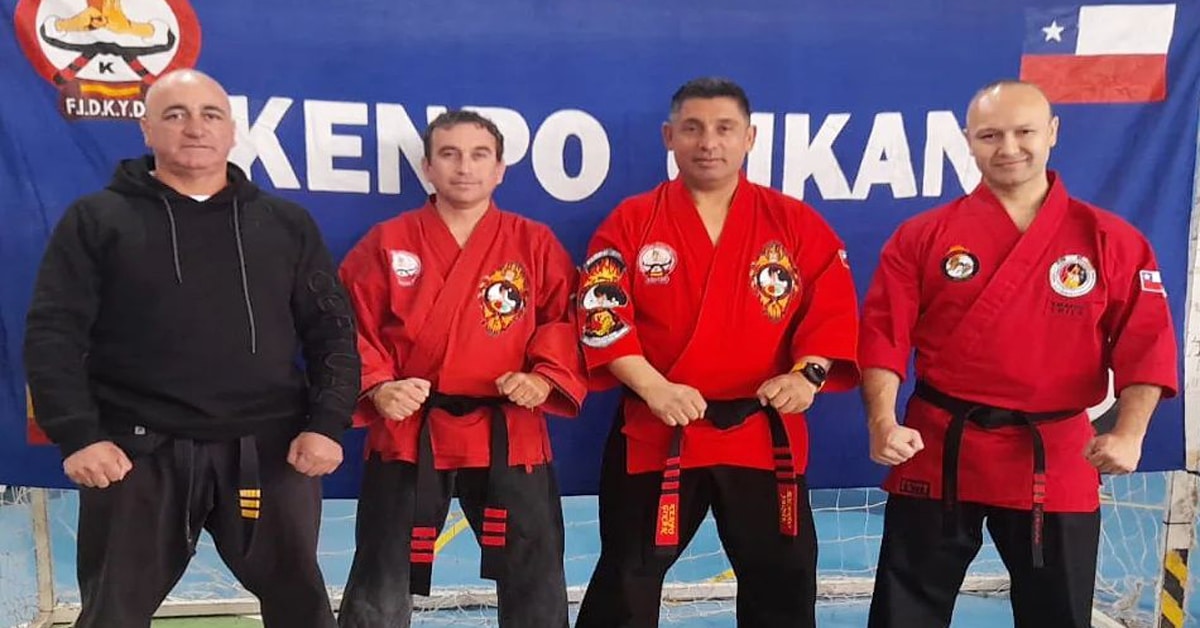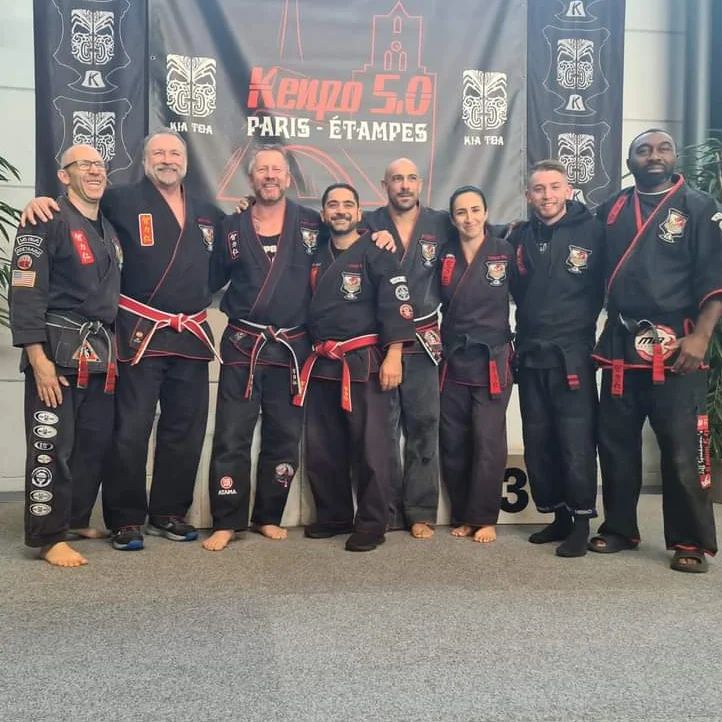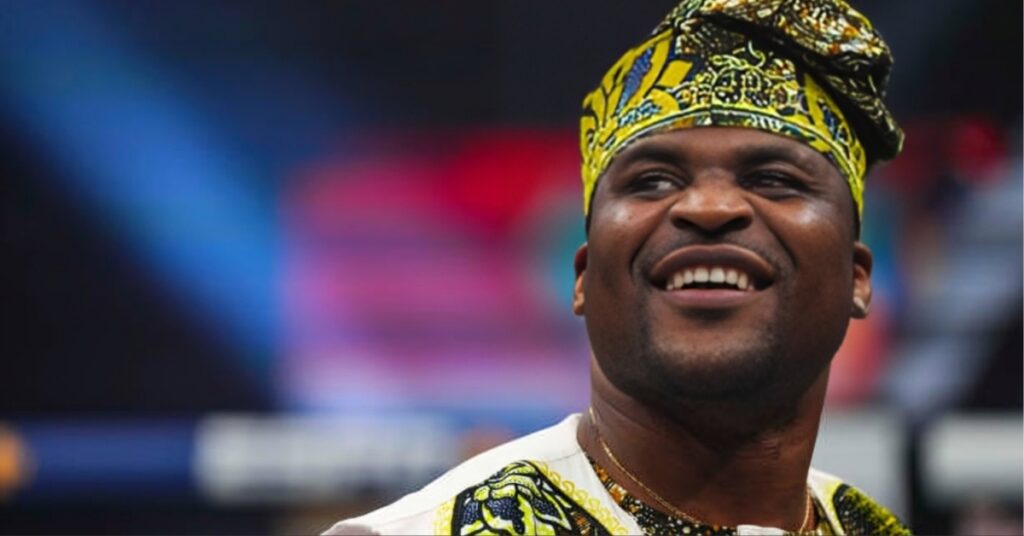Kenpo Karate – Everything You Need To Know

Kenpo Karate is one of the most effective offshoots of Karate that has been developed. Known for its practicality and adaptability to be used in self-defense
Here is everything you need to know about Kenpo Karate. Going over all of the forms of Kenpo Karate, their history, the training, and the rules of Kenpo Karate competitions.

Contents
The History
The martial art of Kenpo Karate is the merging of two different martial arts into one. Japanese martial artists took principles from different Chinese martial arts and merged them together to create Kenpo Karate.
Kenpo means fist law or fist method. The story of Kenpo Karate starts with an American martial artist named James Mitose. Master Mitose grew up in Japan and spent his childhood learning Yoshida Kenpo.
After mastering this style of Kenpo, he came to the US and settled in Hawaii. Once Mitose returned, he would open a martial arts school and call his style Kenpo Jiu-Jitsu.
Mitose would retire and give the school to two of his top students, Thomas Young and William Kwai Sun Chow. Sun Chow is considered by many to be the true founder of Kenpo Karate.
He would teach Ed Parker, who would get credit for creating, spreading, and popularizing Kenpo Karate.
Ed Parker
Ed Parker was a Hawaiian native that grew up practicing boxing. In college, he served in the Coast Guard and was stationed in Hawaii.
While serving, he was introduced to Chow and began learning Kenpo Karate under him for six years. After this time, Parker returned to Brigham Young University in Utah, where he began teaching.
This was actually met with controversy because his instructor Chow claims that he never awarded Parker his black belt. Parker claims he was awarded his black belt in 1953, but Chow claimed he only made it to purple belt.
Either way, Parker would popularize Kenpo Karate and spread it throughout the US mainland. He opened his first Kenpo Karate school in Provo, Utah, in 1954. Shortly after, Parker opened his second school in Pasadena, California, in 1956.
He would begin altering the techniques that he learned while training under Chow. Originally, the movements of Kenpo Karate were more brisk and linear, but Parker added more circular movements. Adopting elements from Chinese martial arts and roundhouse kicks.
Along with popularizing Kenpo Karate, Parker would make a name for himself in Hollywood. Becoming Elvis Pressley’s bodyguard, teaching stuntmen, and introducing Bruce Lee at the International Karate Championship.
Other Styles Of Kenpo
There are various forms of Kenpo that are practiced throughout the world. To separate them from American Kenpo, here are descriptions of the most practiced Kenpo styles.
Okinawa-Kenpo
Okinawa-Kenpo is a variation that was developed a little after Kenpo Karate. It was developed by Shigeru Nakamura in 1960 and is a mix of Karate, Kenpo, and Ti.
Nakamura wanted to create a style that was closer to the Okinawan style of Karate. He felt too many styles were branching off of Karate and wanted to create a unified school.
Master Shigeru was able to found the Okinawa Kobudo Kyokai before he died, but it dissolved after his passing. Okinawa-Kenpo is still practiced today, but the technique has changed along with many off-shoots formed.
Kosho-Kyo Kenpo
Koso-Kyo Kenpo may arguably be one of the very first styles of Kenpo that were developed. It is said that this martial art was formed during the 15th century, well before even Karate was created.
It combines the classic JuJutsu, Kyodu, and Shaolin Chaun Fa that’s taught under the Rinzai Zen philosophy. Numerous other methods were added to the style in its 600 years of existence.
This was the style that James Mitose learned while living in Japan and refined once he moved back to Karate. If Kosho-Kyo Kenpo hadn’t existed first, there would be no Kenpo Karate.
Shorinji Kempo
Shorinji Kempo was a Kempo style developed by Doshin So in the early 1940s. This style of Kempo added to the earlier teaching by adding mental preparation and Japanese Zen Buddhism.
The fighting side of Shorinji Kempo is generally taught separately from the pseudo-religious side and then brought together.
Today, there are many variations of this style taught, but one thing separates the styles. Styles of Shorinji Kempo that are developed in Japan can be called “doing” temples, while elsewhere, they’re called dojos.
Kajukenbo
Kajukenbo was created in Hawaii at the exact same time as when Kenpo Karate was developed and coined. Another student of William Chow named Adriano Emperado would go on to create Kajukenbo.
Emperado would credit the styles of five different martial arts masters that inspired him to create his martial art. Chow, Peter Choo, Frank Ordonez, Joe Holck, and Clarence Chang.
Along with the techniques, Emperado also took parts of each name to create the name Kajukenbo.
- Ka: Karate
- Ju: JuJutsu/Judo
- Ken: Kenpo
- Bo: Boxing
One of the most famous practitioners of Kajukenbo is MMA legend Chuck “The Iceman: Liddell. After his head tattoo, the other tattoo that Liddell is known for is the Kempo tattoo on his arm.
The Techniques Of Kenpo Karate
Ed Parker’s techniques are much different than what his teacher Chow learned from James Mitose. What Mitose and Chow taught was more Karate based on linear movements that Karate was founded upon.
Ed Parker’s style of Kenpo Karate was more popularized Kenpo Karate altered the style. Adding more circular movements from different Chinese martial arts and more types of kicks.
Some of the techniques that are taught include:
- Kicks
- Open Hand Strikes
- Punches
- Throwing Techniques
- Joint Locks
- Finger Strikes
Are Weapons Used In Kenpo Karate?
The use of small weapons is also practiced within Kenpo Karate. Some of the weapons that are practiced within Kenpo Karate are short staffs, knives, and clubs.
One special knife style practiced within Ed Parker’s Kenpo Karate is Kenpo Long Form 7. Techniques developed used a specialty knife that Parker had made for his style.
Kenpo Karate Belt System
Ed Parker’s style of Kenpo Karate has 18 different belts that students go through within the system. The eighteen belts are separated into six different belt groups.
- Yellow Belts
- Orange Belts
- Purple Belts
- Green Belt
- Brown Belt
- Black Belt
Is Kenpo A Form Of Karate?
Even though Kenpo Karate has Karate in the name, many of the techniques taught in its modern form are not Karate. What James Mitose and William Chow taught is more aligned with Karate than what Ed Parker developed later on.
Mitose would call his style Kenpo Jiu-Jitsu but never used the word Karate when describing his style. If Kenpo Karate
Is The Origin Of Kenpo Chinese Or Japanese?
A hotly debated topic of Kenpo styles is whether they’re a Chinese or Japanese martial art. The truth is that styles of Kenpo, like Kenpo Karate are both Chinese and Japanese martial arts.
These styles of Kenpo took styles from both Chinese and Japanese martial arts. Some styles of Kenpo are closer aligned to Karate, while others look more like styles of Kung Fu.
Kenpo vs. Kempo
It’s common to see the words Kenpo or Kempo used for different martial arts styles. Some wonder if there is a difference between Kenpo and Kempo; honestly, there isn’t one.
Both words come from the same Kanji word that numerous martial arts use. The difference in spelling is due to attempts of transliteration that resulted in the different spelling.
Is Kenpo Karate An Effective Martial Art?
From the teachings, it would seem that Kenpo Karate is a rather effective martial art. Within the martial art, striking techniques are taught, as well as grappling and weapons training.






